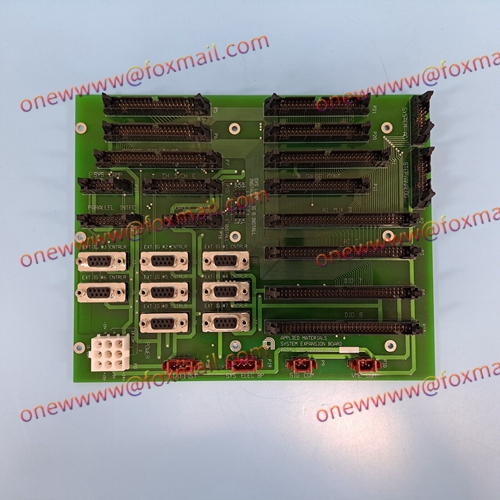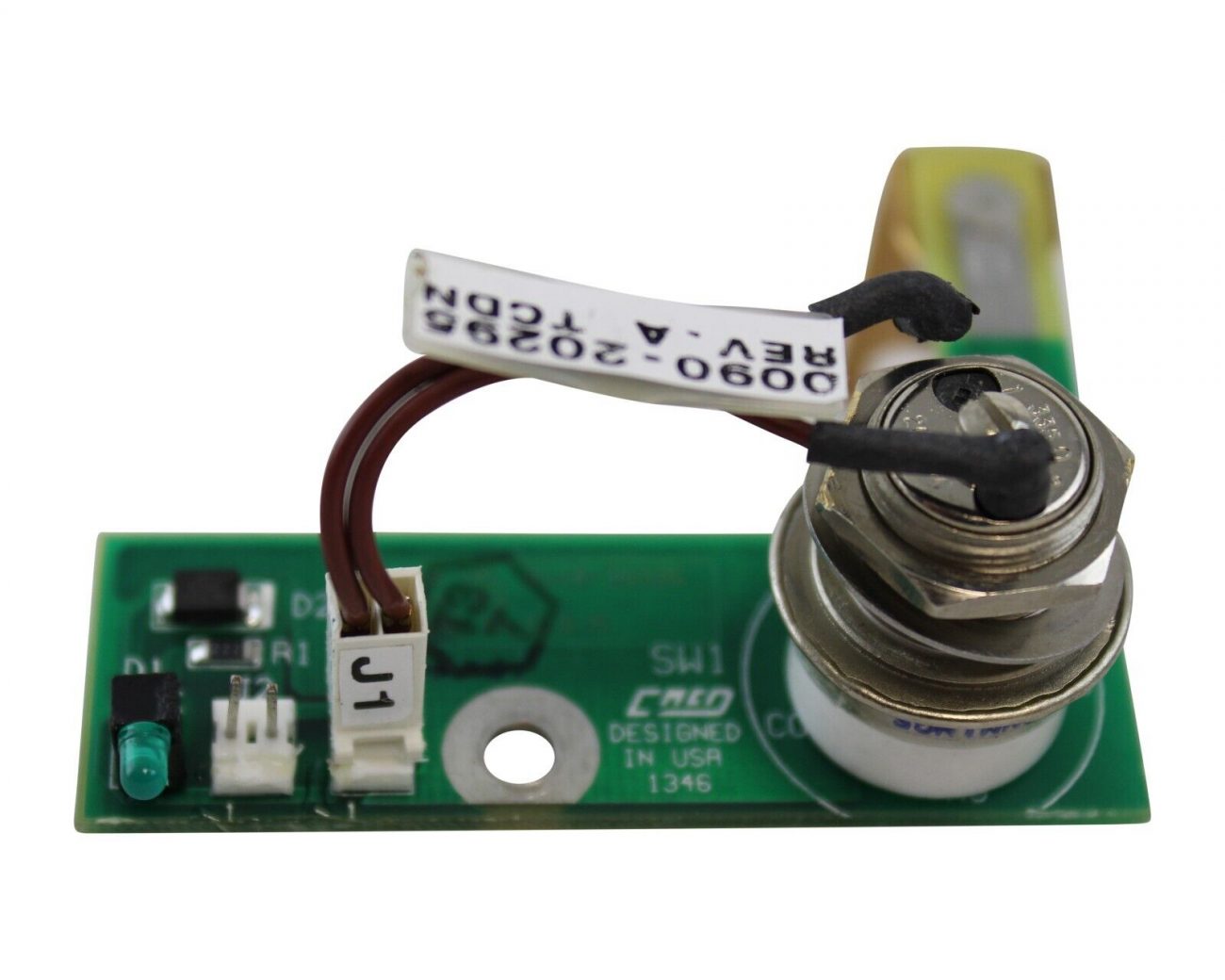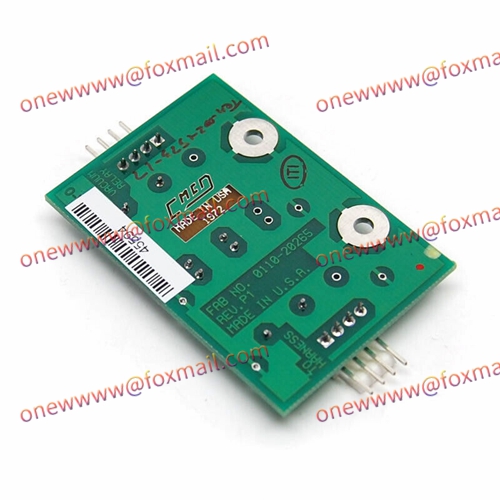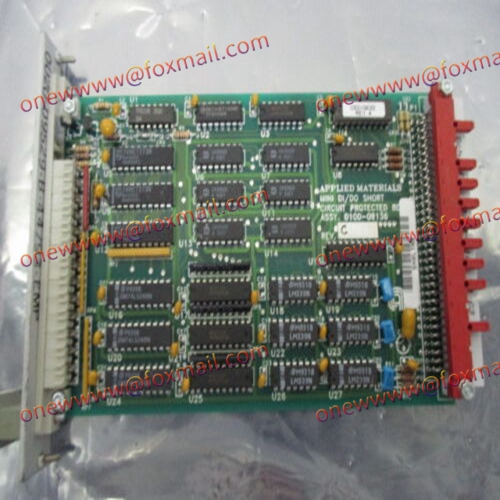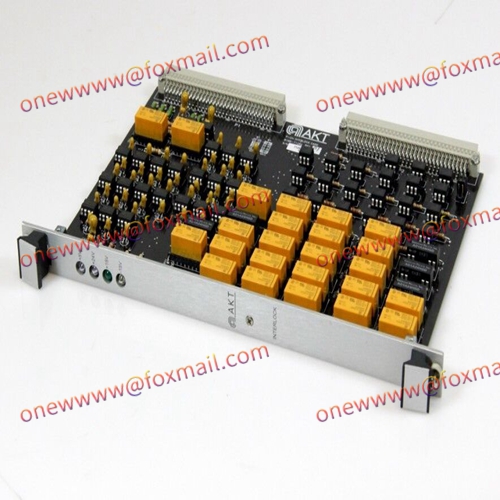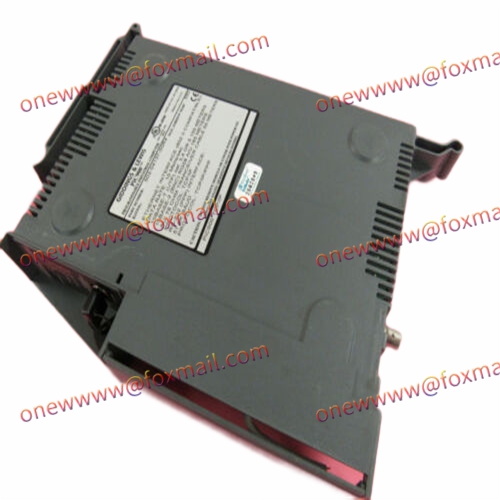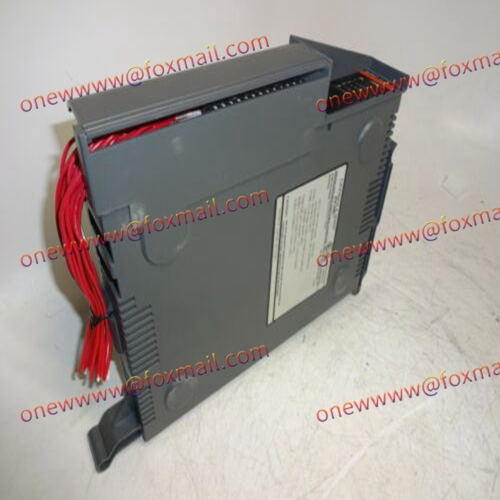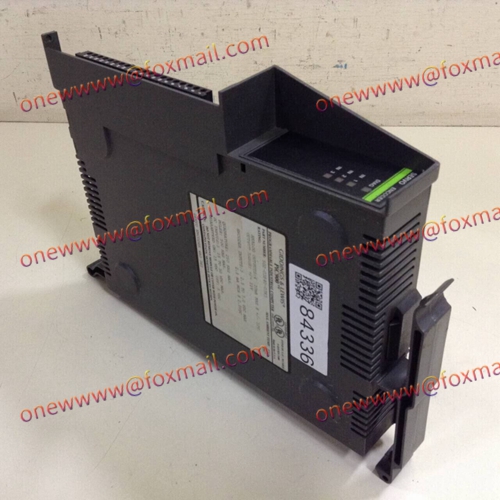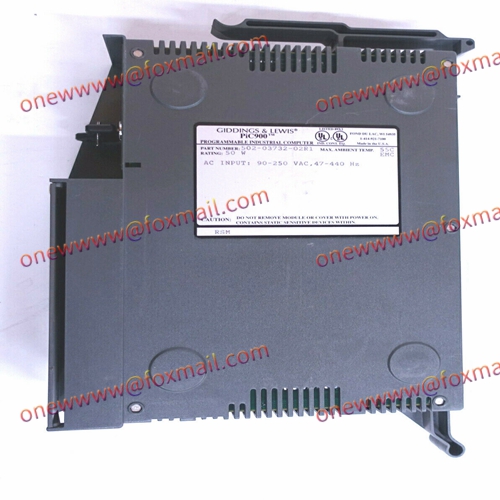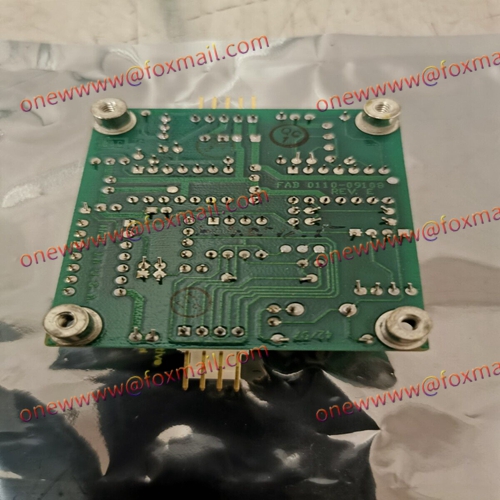AMAT 0100-2015 Digital Input Module
Typically, digital input modules are devices used to input digital signals into control systems or data acquisition systems. The following are some common product details for digital input modules in general:
Input channels: Digital input modules typically have multiple input channels for receiving digital signals sent by external devices or sensors. Each channel can receive an independent digital input signal.
Input type: The digital input module may support different types of input signals, such as switch signals, pulse signals, counter signals, etc. It can convert these input signals into digital form for use by control systems or data acquisition systems.
Sampling rate: This module may have a certain sampling rate, indicating how fast it can sample and process input signals.
Resolution: Digital input modules typically have a certain resolution, indicating that they can accurately measure and sample input signals to obtain a more accurate digital representation.
Communication interface: This module may support specific communication interfaces, such as Ethernet interface, serial port, Modbus, etc., for connection and communication with control systems or data acquisition systems.
Configuration and programming: The digital input module may support configuration and programming, enabling users to set parameters, Logic programming and customize functions according to specific needs.
Protection function: This module may have protection functions for input signals, such as overvoltage protection, overcurrent protection, etc., to ensure the stability and safety of input signals.

